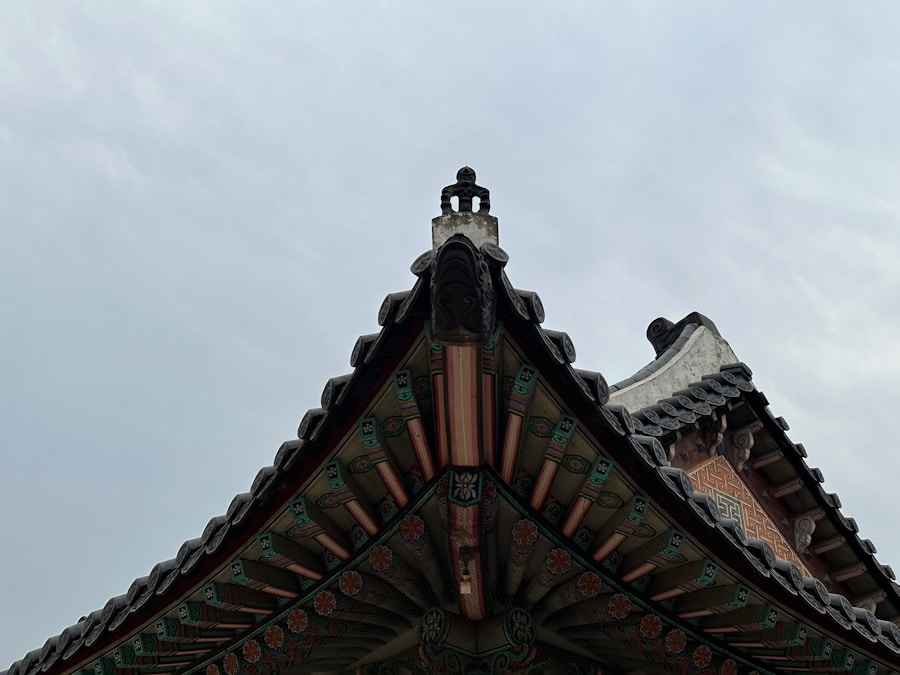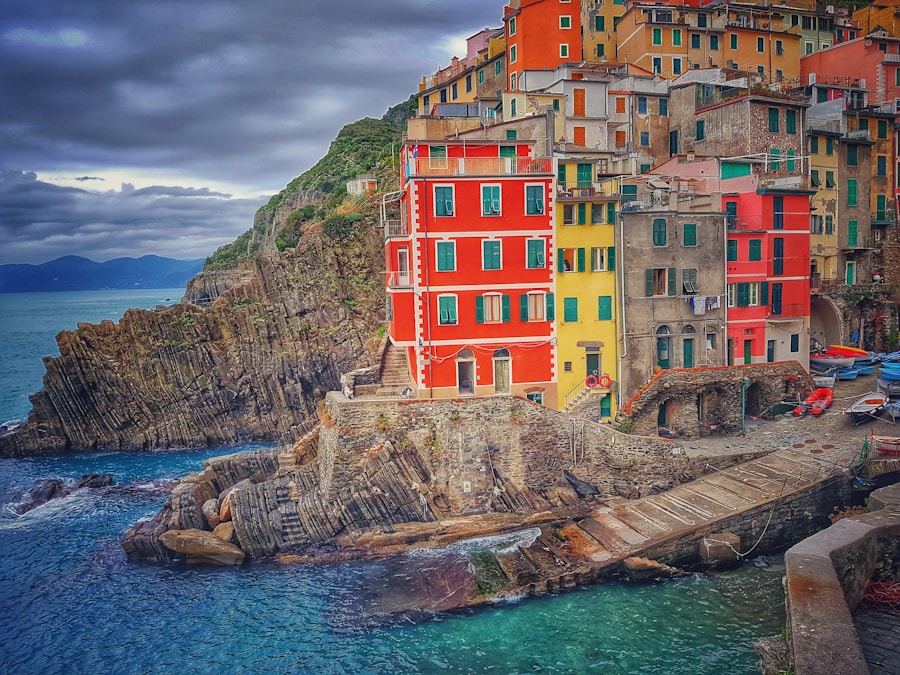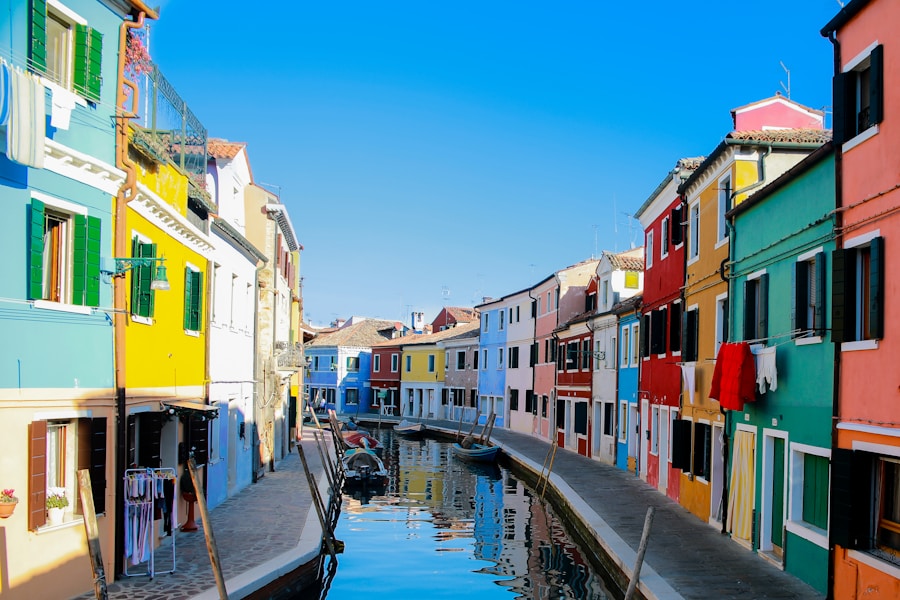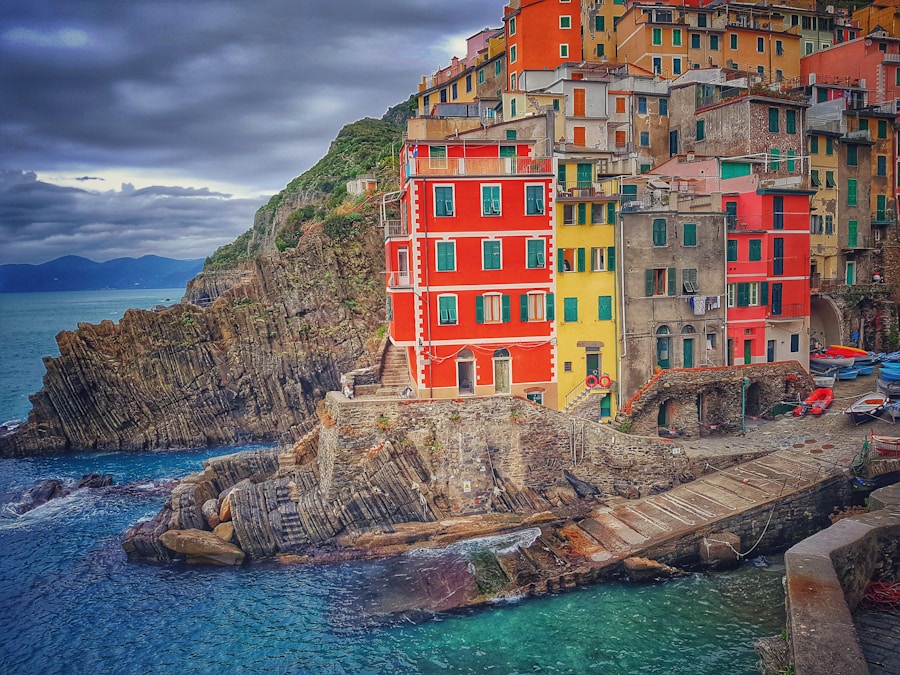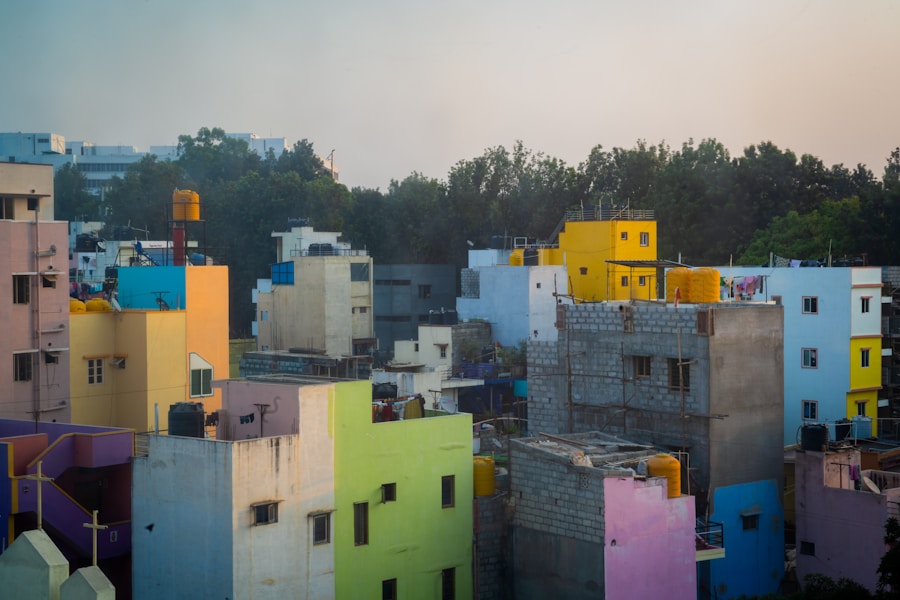Kura Hulanda, located in the historic district of Otrobanda in Willemstad, Curacao, is a cultural heritage museum and hotel that offers visitors a unique and immersive experience into the history and culture of the island. The complex is a sprawling 18th-century colonial-style village that has been meticulously restored to its former glory, with cobblestone streets, charming courtyards, and vibrant buildings that house a variety of exhibits, artifacts, and attractions. The name “Kura Hulanda” itself is derived from the Papiamentu language, with “Kura” meaning courtyard and “Hulanda” meaning Holland, reflecting the Dutch influence on the island’s history and architecture.
As visitors enter the complex, they are transported back in time to the days of the Atlantic slave trade, with the museum’s exhibits and displays providing a powerful and thought-provoking look at this dark period in history. The hotel itself is a luxurious oasis, offering guests a tranquil and elegant retreat amidst the bustling streets of Otrobanda. With its rich history, stunning architecture, and commitment to preserving and showcasing the cultural heritage of Curacao, Kura Hulanda is a must-visit destination for anyone interested in delving into the island’s past and present.
The Origins and Significance of Kura Hulanda
The origins of Kura Hulanda can be traced back to the late 20th century when Dutch entrepreneur Jacob Gelt Dekker purchased a collection of dilapidated buildings in Otrobanda with the vision of transforming them into a cultural and historical hub. Over the course of several years, Dekker poured his resources and passion into restoring the buildings to their former glory, meticulously preserving their colonial architecture and creating a space that would serve as a testament to the island’s rich and complex history. In 1999, Kura Hulanda officially opened its doors to the public, offering visitors a one-of-a-kind experience that seamlessly blends history, culture, and luxury.
The significance of Kura Hulanda lies in its role as a living testament to Curacao’s past, particularly its involvement in the Atlantic slave trade. The museum’s exhibits and artifacts provide a comprehensive and unflinching look at this dark chapter in history, shedding light on the experiences of enslaved Africans and their enduring legacy on the island. By preserving and showcasing this history, Kura Hulanda serves as a powerful educational tool, challenging visitors to confront uncomfortable truths while also celebrating the resilience and cultural contributions of those who were impacted by slavery.
Kura Hulanda’s Role in Curacao’s Slave Trade History
Curacao’s role in the Atlantic slave trade was significant, with the island serving as a major hub for the transatlantic trafficking of enslaved Africans. From the 17th to the 19th centuries, thousands of Africans were forcibly brought to Curacao to work on plantations and in other industries, leaving an indelible mark on the island’s culture and society. Kura Hulanda’s location in Otrobanda is particularly significant in this context, as the district was historically home to many of the island’s enslaved population, as well as free people of African descent.
The museum’s exhibits and displays offer a comprehensive look at the impact of slavery on Curacao, from the brutal conditions endured by enslaved individuals to their enduring cultural legacy. Visitors can explore reconstructed slave quarters, view artifacts related to the slave trade, and engage with multimedia presentations that provide a nuanced understanding of this dark period in history. By confronting this difficult past, Kura Hulanda plays a crucial role in fostering dialogue and understanding about the legacy of slavery in Curacao and beyond.
The Transformation of Kura Hulanda into a Cultural Gem
The transformation of Kura Hulanda from a collection of dilapidated buildings into a world-class cultural destination is a testament to the vision and dedication of its founder, Jacob Gelt Dekker. Dekker’s commitment to preserving the architectural heritage of Otrobanda while also creating a space for education and reflection has resulted in a complex that seamlessly blends history, culture, and luxury. The meticulously restored buildings, with their vibrant facades and charming courtyards, provide a stunning backdrop for the museum’s exhibits and attractions, creating an immersive experience that transports visitors back in time.
In addition to its historical significance, Kura Hulanda also offers guests a luxurious retreat in the heart of Willemstad. The hotel’s elegant rooms and suites are adorned with colonial-style furnishings and modern amenities, providing a comfortable and stylish base for exploring the museum and the surrounding area. With its tranquil courtyards, inviting pool, and world-class dining options, Kura Hulanda offers visitors a truly unique blend of history and hospitality.
Exploring the Exhibits and Artifacts at Kura Hulanda
Kura Hulanda’s museum is home to a wide range of exhibits and artifacts that offer visitors a comprehensive look at Curacao’s history and culture. The museum’s permanent collection includes displays on the Atlantic slave trade, African art and artifacts, indigenous Caribbean cultures, and more. One of the highlights of the museum is its collection of African art, which features traditional masks, sculptures, textiles, and other objects that provide insight into the diverse cultures of the continent.
In addition to its permanent collection, Kura Hulanda also hosts rotating exhibitions that showcase contemporary art, photography, and other forms of creative expression. These exhibitions provide a platform for local and international artists to share their work with a wider audience while also engaging with themes related to history, identity, and social justice. Through its diverse range of exhibits and artifacts, Kura Hulanda offers visitors an enriching and thought-provoking experience that encourages deeper exploration and understanding of Curacao’s cultural heritage.
Kura Hulanda’s Impact on Curacao’s Cultural Identity
Kura Hulanda has played a significant role in shaping Curacao’s cultural identity by providing a space for education, reflection, and celebration of the island’s rich heritage. The museum’s commitment to preserving and showcasing the history of slavery has been instrumental in fostering dialogue about this difficult past while also honoring the resilience and cultural contributions of those impacted by slavery. By engaging with this history, Kura Hulanda has helped to deepen understanding and appreciation for Curacao’s diverse cultural tapestry.
In addition to its historical significance, Kura Hulanda has also contributed to Curacao’s cultural identity through its support of contemporary art and creative expression. The museum’s rotating exhibitions provide a platform for local and international artists to share their work with a wider audience while also engaging with themes related to history, identity, and social justice. By fostering dialogue around these important issues, Kura Hulanda has become an integral part of Curacao’s cultural landscape.
The Future of Kura Hulanda and its Contribution to Curacao’s Cultural Heritage
As Kura Hulanda looks towards the future, its commitment to preserving and showcasing Curacao’s cultural heritage remains unwavering. The museum continues to expand its collection of exhibits and artifacts while also seeking out new ways to engage with visitors through educational programs, events, and partnerships with local organizations. By continuing to foster dialogue around difficult historical topics while also celebrating contemporary art and creative expression, Kura Hulanda will undoubtedly play a crucial role in shaping Curacao’s cultural heritage for generations to come.
In addition to its role as a cultural hub, Kura Hulanda also remains committed to providing guests with an unparalleled experience that seamlessly blends history, culture, and luxury. The hotel continues to offer elegant accommodations, world-class dining options, and inviting amenities that provide visitors with a comfortable and stylish base for exploring the museum and the surrounding area. With its dedication to preserving history while also embracing contemporary creativity, Kura Hulanda will continue to be a beacon for those seeking to delve into Curacao’s past and present.




